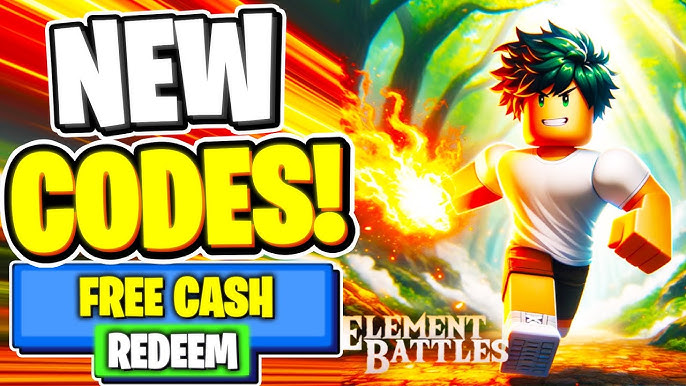Core Mechanics of Elemental Battles
Elemental battle systems are foundational to many games, revolving around a set of predefined elements (e.g., Fire, Water, Earth, Air). Each element possesses inherent strengths, weaknesses, or immunities when interacting with others. The core logic dictates the outcome—often damage modification or status effects—when entities or abilities of different elemental affiliations clash.
- Element Definition: The first step is to clearly define each element within the game's universe. This includes their thematic identity and general characteristics.
- Interaction Rules: A critical component is establishing the ruleset for how elements interact. This is commonly visualized as an interaction matrix or a series of conditional statements (e.g., Water deals double damage to Fire; Fire is ineffective against Water; Earth is immune to Electric).
- Outcome Determination: Interactions typically result in modified damage output (e.g., increased, decreased, nullified), the application or resistance of status effects, or other specific gameplay consequences based on the elemental matchup.
Coding Elemental Interactions
Implementing an elemental battle system in code requires robust data structures for representing elements and their relationships, alongside clear logic for processing interactions. Efficiency and maintainability are key goals.
- Data Representation:
- Enumerations (Enums): Use enums to define elements (e.g., `*`, `*`). This provides type safety, readability, and makes the code less error-prone.
- Lookup Tables or Dictionaries/Maps: Store interaction multipliers or specific outcome rules in data structures like dictionaries or maps. For instance, a map could associate a pair of interacting elements with a damage multiplier (e.g., `(*, *) -> 2.0f`).
- Interaction Matrix: A 2D array can directly represent the elemental chart if elements are assigned numerical indices. `interactionMatrix[attackerElementIndex][defenderElementIndex]` would yield the multiplier.
- Logic Implementation:
- Interaction Resolution Function: Develop a central function or method that takes the attacking element, defending element(s), and other relevant parameters (like base damage or effect) to determine the outcome. For example, a function signature might look like: `resolveInteraction(attackerElement, defenderElement, baseValue)`. This function would consult the defined interaction rules (from your lookup table or matrix) to calculate the final effect.
- Handling Multiple Elements: Consider how to handle entities or attacks with multiple elemental types. This could involve averaging effects, applying the most advantageous/disadvantageous, or unique combination rules.
- Scalability and Data-Driven Design: Design the system to easily accommodate new elements or changes to interaction rules without extensive code refactoring. Storing elemental properties and interaction rules in external files (like JSON or CSV) loaded at runtime makes the system data-driven and easier to balance or expand.
Key Considerations in Development
Beyond the core coding, several factors are vital for creating an engaging and balanced elemental battle system.

- Game Balance: This is paramount. Rigorously test and iterate on elemental interactions to prevent any single element or combination from becoming overly dominant or entirely useless. Aim for a system where strategic choices matter.
- Clarity and Player Feedback: Ensure that players receive clear, intuitive feedback about elemental advantages, disadvantages, and immunities. This can be through UI elements, visual effects, or in-game text, enabling informed strategic decisions.
- Extensibility for Advanced Features: Plan for potential future enhancements. Consider how the system might incorporate features like elemental status effects (e.g., Burn for Fire, Freeze for Water), environmental elemental properties, or abilities that temporarily alter elemental affiliations.
- Performance: Especially in games with numerous entities or frequent elemental calculations, ensure that the interaction logic is optimized to prevent performance bottlenecks. Efficient data lookups are crucial.







